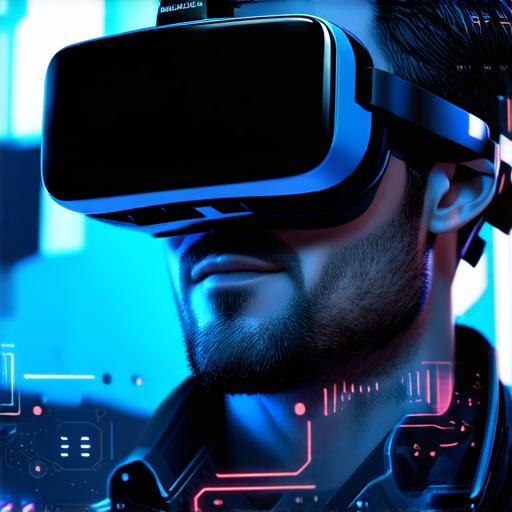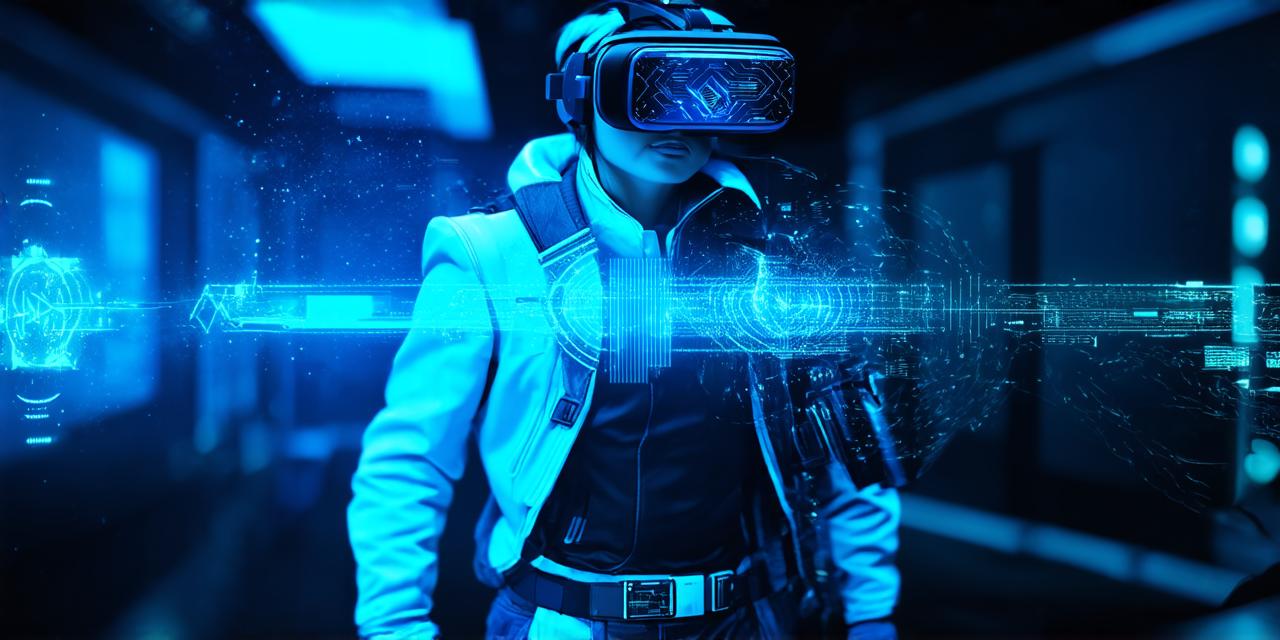<!DOCTYPE html>
What is Mixed Reality?
Mixed reality is a technology that allows virtual elements to be overlaid onto the real world, creating an immersive experience for the user. MR can be experienced through various devices such as smartphones, tablets, and wearable devices like headsets and glasses. MR technology uses sensors and cameras to track the user’s movement and position in the real world, allowing virtual elements to be placed in the correct location in relation to the user.
There are three main types of mixed reality:
1. Augmented Reality (AR): AR is a type of MR that adds digital elements to the real world. AR can be experienced through smartphones and tablets, as well as specialized devices like headsets and glasses. Examples of AR applications include Snapchat filters, Pokémon Go, and IKEA’s Place app.
2. Virtual Reality (VR): VR is a type of MR that completely immerses the user in a virtual world. VR can be experienced through specialized headsets and gloves or hand controllers. Examples of VR applications include gaming, education, and healthcare.
3. Mixed Reality (MR): MR combines elements of AR and VR to create an immersive experience that blends the real world with virtual elements. MR can be experienced through specialized devices like headsets and glasses or smartphones and tablets with the help of sensors and cameras.
How does Mixed Reality work?
Mixed reality works by overlaying digital elements onto the real world. This is done using various sensors and cameras that track the user’s movement and position in the real world. The technology then uses this data to place virtual elements in the correct location in relation to the user, creating an immersive experience.
The three main components of MR technology are:

1. Sensors: Sensors are used to track the user’s movement and position in the real world. There are various types of sensors such as GPS, accelerometers, gyroscopes, and depth cameras. These sensors work together to provide accurate information about the user’s location and orientation.
2. Cameras: Cameras are used to capture the real world environment and display it on a device. Cameras can be used in conjunction with sensors to provide more accurate tracking of the user’s position and orientation.
3. Software: Software is used to overlay digital elements onto the real world. There are various types of software available, including game engines, 3D modeling software, and content creation tools. These software programs use data from the sensors and cameras to place virtual elements in the correct location in relation to the user.
Advantages of Mixed Reality
Mixed reality technology offers several advantages over traditional methods of communication and interaction:
- Immersive Experience: MR provides an immersive experience that blends the real world with virtual elements, creating a more engaging and interactive experience for the user.
- Improved Communication: MR allows for more effective communication by enabling developers to create realistic simulations of products, processes, and environments, allowing users to better understand complex concepts.
- Enhanced Learning: MR can be used in education to provide students with a more engaging and interactive learning experience. For example, MR can be used to simulate historical events or scientific experiments.
- Cost Savings: MR technology can help reduce costs by enabling companies to test products and processes before they go into production, reducing the need for physical prototypes and simulations.
Case Studies in Mixed Reality
There are several case studies that demonstrate the effectiveness of mixed reality technology in various industries. Here are a few examples:
- Architecture: MR can be used in architecture to provide clients with an immersive experience of proposed designs. For example, architects at Foster + Partners used MR to create a virtual model of the Gherkin building in London, allowing clients to explore and interact with the design in a more engaging way.
- Design: MR can be used in design to enable designers to visualize and test their creations before they go into production. For example, automotive designers at Volkswagen used MR technology to create a virtual prototype of the new Golf car, allowing them to test different designs and features before going into production.
- Manufacturing: MR can be used in manufacturing to improve efficiency and reduce costs by enabling companies to test products and processes before they go into production. For example, General Motors used MR technology to simulate the assembly line for the Chevy Camaro, allowing them to optimize the production process and reduce waste.
FAQs
1. What is the difference between augmented reality and virtual reality?
Augmented reality adds digital elements to the real world, while virtual reality completely immerses the user in a virtual world.
2. How does mixed reality work?
Mixed reality works by overlaying digital elements onto the real world using sensors and cameras that track the user’s movement and position.
3. What are some advantages of mixed reality technology?
Mixed reality offers several advantages, including an immersive experience, improved communication, enhanced learning, and cost savings.
4. What are some case studies in mixed reality?
There are many case studies in mixed reality, including architecture, design, and manufacturing.
Conclusion
Mixed reality technology is a fascinating new technology that combines virtual elements with the real world to create an immersive and interactive experience. MR offers several advantages over traditional methods of communication and interaction, including an immersive experience, improved communication, enhanced learning, and cost savings. As a developer, there are many opportunities to explore and develop MR applications in various industries such as gaming, healthcare, education, and marketing. With the continued development of MR technology, we can expect to see even more exciting applications and possibilities in the future.



